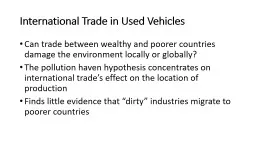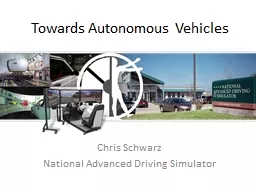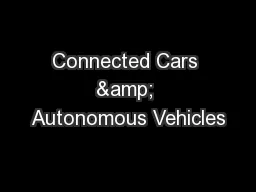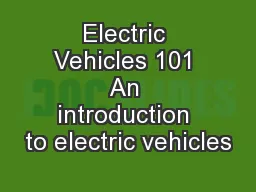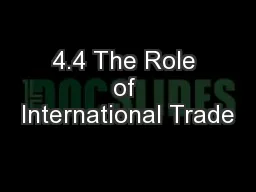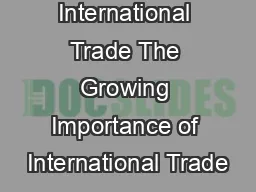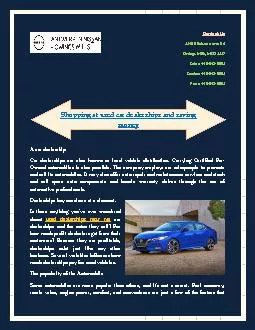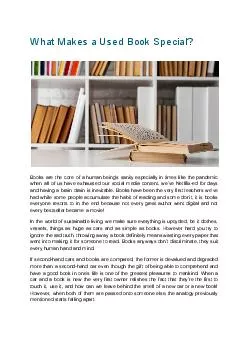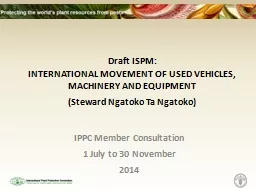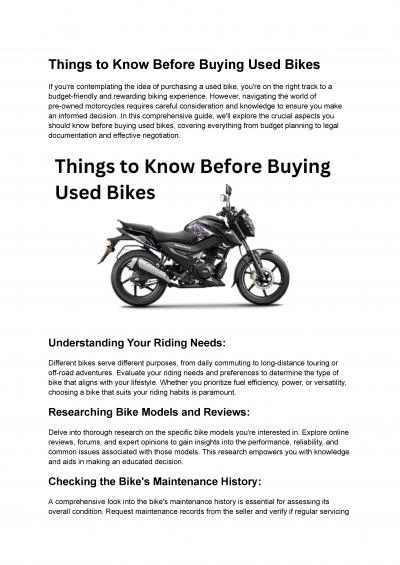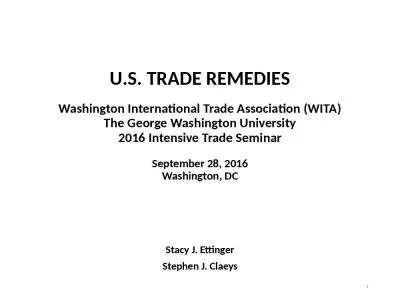PPT-International Trade in Used Vehicles
Author : kittie-lecroy | Published Date : 2018-03-20
Can trade between wealthy and poorer countries damage the environment locally or globally The pollution h aven h ypothesis concentrates on international trades
Presentation Embed Code
Download Presentation
Download Presentation The PPT/PDF document "International Trade in Used Vehicles" is the property of its rightful owner. Permission is granted to download and print the materials on this website for personal, non-commercial use only, and to display it on your personal computer provided you do not modify the materials and that you retain all copyright notices contained in the materials. By downloading content from our website, you accept the terms of this agreement.
International Trade in Used Vehicles: Transcript
Download Rules Of Document
"International Trade in Used Vehicles"The content belongs to its owner. You may download and print it for personal use, without modification, and keep all copyright notices. By downloading, you agree to these terms.
Related Documents

